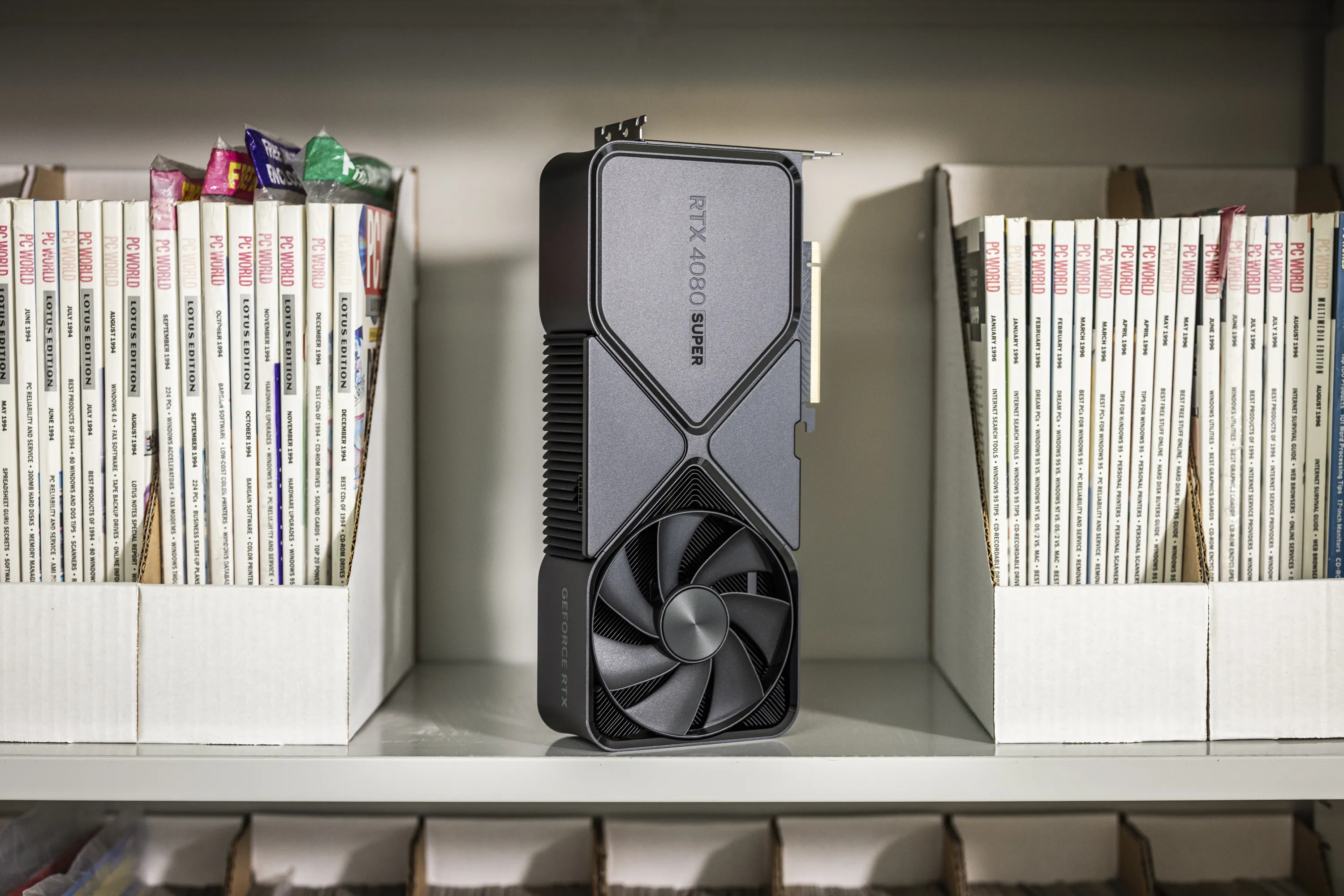Why You Shouldn't Pay Extra for Factory Overclocked Graphics Cards

Understanding Graphics Cards
Graphics cards are essential for delivering high frame rates and stunning visuals. The choice between reference GPUs and factory overclocked models can be perplexing. In this article, we delve into the different types of graphics cards, shedding light on the true value of factory overclocked GPUs.
What Are Reference and AIB Partner GPUs?
Reference cards represent the baseline design dictated by manufacturers like Nvidia, AMD, and Intel, often at lower prices. These cards feature standard specs and designs that cater to mainstream needs. AIB partners, on the other hand, produce customized versions of reference cards, often with additional features and, consequently, higher prices.
The Overclocking Debate
The value of factory overclocked GPUs comes into question due to their minimal performance gains. With a slight increase in clock speeds, the cost often outweighs the benefits, leading many gamers to question their necessity. In many gaming scenarios, non-overclocked variants perform just as well.
Downsides of Factory Overclocked GPUs
- Negligible Performance Gains: The performance improvement might only be a few frames per second, not justifying the extra cost.
- Bulky Sizing: Typically, these cards come with massive coolers that may not fit standard cases, complicating setups.
Should You Buy a Factory Overclocked GPU?
Ultimately, decisions on which graphics card to purchase depend on personal preferences. Aesthetics and brand loyalty are valid reasons to choose premium variants. However, for most, sticking with reference models or non-factory overclocked options proves more practical.
This article was prepared using information from open sources in accordance with the principles of Ethical Policy. The editorial team is not responsible for absolute accuracy, as it relies on data from the sources referenced.